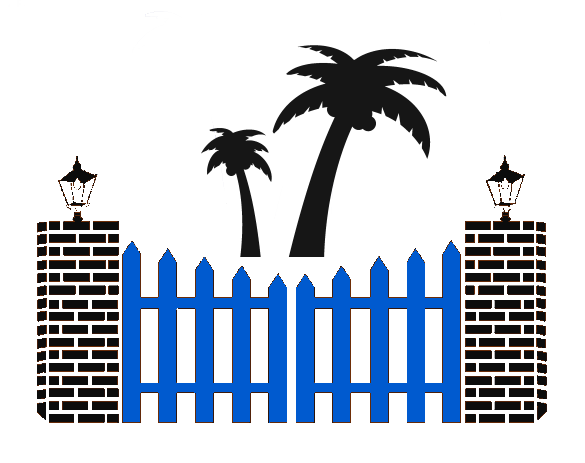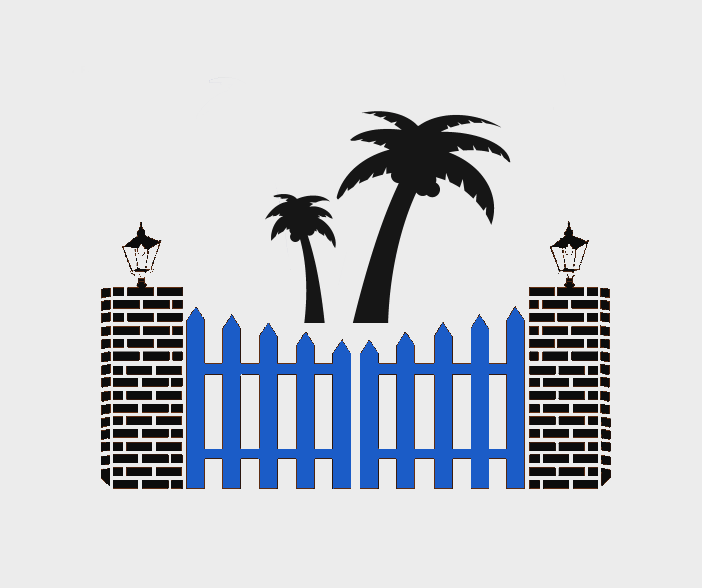WOOD VS VINYL FENCING
WHICH MATERIAL IS RIGHT FOR YOU?
Wood vs. Vinyl Fencing in Miami: Which One is Right for You?
Homeowners may find wood fences in various bright hues and shapes that go well beyond the traditional picket. When you combine organic texture with each board's distinct grain, you'll understand why many people prefer a wood fence.
On the other hand, vinyl gives wood a run for its money. PVC, short for polyvinyl chloride, is a durable material that came into existence in the 1980s. However, those early versions looked plastic-like and inexpensive. The composition of PVC fences has improved over time, resulting in structures that appear more natural and are stronger and more durable than ever before.
Depending on your financial limitations, personal taste, and how much upkeep you're willing to invest in, among other things, the sort of fence you'll need will vary. Read on to learn about five significant distinctions between wood and vinyl, and you'll be sure to choose the suitable fence material for your house.
Vinyl is more expensive to buy, but it doesn't need as much maintenance as wood does long-term.
Wooden fences range in price from $30 to $100 per linear foot. A wood fence is sure to require upkeep, such as replacing boards as they warp or decay. Vinyl costs about $40-60 per linear foot for maintenance-free maintenance. Vinyl fences will typically outlast wood fences, which are vulnerable to weather, rot, insects, and other harmful elements. It won't bend or fade with time and can stay in place as long as it's cleaned regularly.
Depending on the sort and finish of wood you pick, it may need cleaning, treatment, and staining over time. For example, pressure-treated wood can warp after only one month. After ten years, most fence contractors suppose that wooden fences will need complete replacement in the Miami area. They will hold up longer in other regions of the United States, but here in South Florida, our climate affects maintenance frequency.
Wood looks more natural than vinyl.
Wood is the most natural way to create warmth and a classic appearance. It comes in an infinite variety of designs and styles, ranging from a modern horizontal wood fence to a traditional picket fence. When it comes to finishes, wood may be left in its natural state with a simple sealant or stained or painted in almost any color you choose. Redwood and teak are among the most popular wood choices for fencing. Cedar has a bright red color, tight grain, and few knots, while more costly redwood and teak have a highly lustrous sheen.
Over the last decade, vinyl's appearance has improved considerably, and now it comes in a variety of simulated wood-grain and even stone textures. These finishes have raised the aesthetic bar somewhat, but vinyl still is not natural wood.
Vinyl repairs are complicated compared to wood.
When vinyl is exposed to harsh weather, such as extreme temperatures or lightning strikes, it can suffer significant damage or break. It may not be easy to restore. Handy homeowners can use a DIY vinyl fence repair kit from the home center to fix minor holes and cracks. Significant damage might necessitate the assistance of a professional. If your vinyl fence has panels that look like individual pieces of wood, you might have to replace the entire board if just a few planks are damaged. If your fence style has been discontinued, replacing sections can be cumbersome. Wood can break, but it's easy to replace.
Vinyl is not easily renewed.
Vinyl fences are permanent, so you'll have to live with the color and design you choose for the life of your vinyl fence. If you like it, wonderful; if you change your mind, though, you'll have to start from scratch. The ability of a wood fence to be painted and stained as time goes on is one of its most outstanding features.
Wood fences are more challenging to clean than vinyl.
A simple garden hose rinse is all it takes to remove dirt from a vinyl fence. If you'll be using a lot of vinyl fencing, buying a pressure washer may be a good investment. Wood fences need to be power-washed more often than other fences. This is because they are porous and can get mold and mildew. It would help if you also thought about what color you want your fence to be. White shows dirt more, so vinyl may be a better option if you want a white fence.
Hurricanes affect wood fences more than vinyl.
We all know what it's like to go through a tropical storm with heavy wind gusts and torrential downpours here in Miami. If you think about the long-term effect of stormy weather on your fence, vinyl is your best bet. Vinyl gives wind, allowing it to bend and sway easily without much real damage. On the other hand, wood can be devasted by a hurricane much more quickly. Maybe you have experienced broken pieces of your neighbor's wood fence lying all over your yard and in the street. With a vinyl fence, this will not occur as often.


